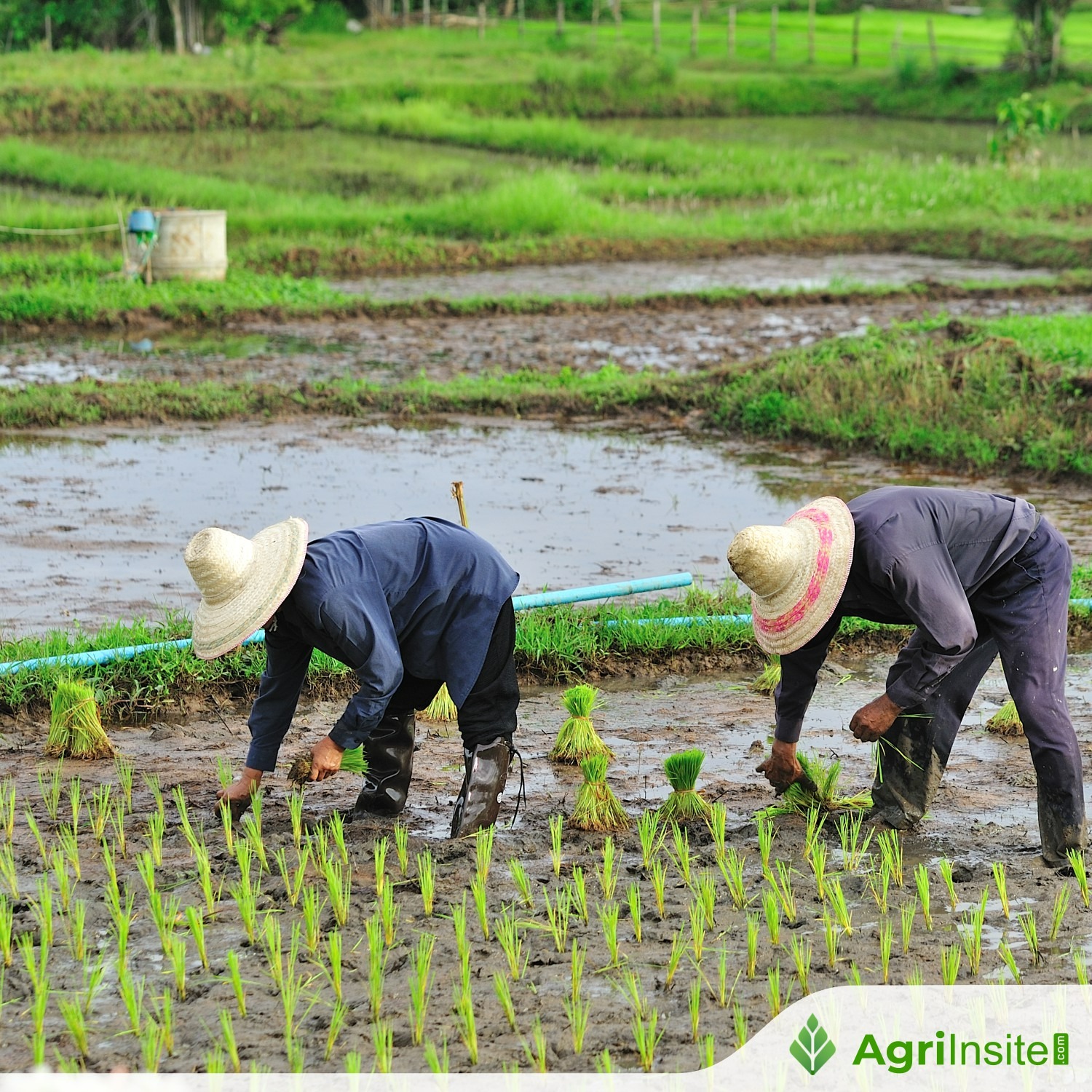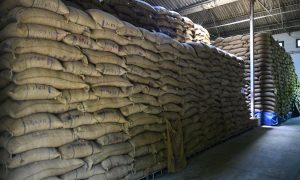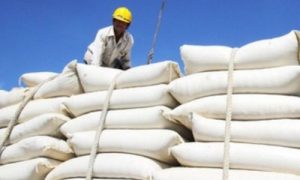Production cost is biggest challenge for Texas rice

Texas rice farmers have planted up to 75% of their expected 142,000 acres under favorable conditions, but high input costs—about $1,600 per acre—are squeezing profits. Extension agronomist Sam Rustom highlights the importance of efficiency, resilience, and ratoon cropping for profitability, as water constraints and weed resistance add to production challenges in the region.
Texas rice farmers planted 65% to 75% of their anticipated 142,000 acres under near-ideal conditions—an open planting window followed by soaking rain.
Planting is expected to be completed by late April.
The crucial challenge now will be producing the crop as efficiently and as economically as possible—a hard call considering the disparity between market offerings and production costs.
“For Texas, the biggest challenge will be input costs,” says Sam Rustom, Texas A&M AgriLife professor and Extension agronomist, Eagle Lake. “I’ve been doing a little bit of digging, looking at input prices and found that (Texas rice farmers) are spending about $1,600 per acre on the west side of Houston where most of Texas’s rice is grown. Compare that to the Mid-South producers spending about $1,100 to $1,300 per acre, depending on location.
“That $400 to $500, even $300 per acre additional cost makes a lot of difference in profit opportunity. Without a ratoon crop, it is hard to justify growing rice west of Houston,” Rustom says.
Tough situation
“Rice production is different here, in a tougher situation than other crops and other regions. Specifically, it’s hard to grow rice on the west side of Houston because of limited water availability, increasing land costs, and some of the highest levels of urbanization in the world.
“Because of the required efficiency and ability to produce a second crop, Texas rice farmers are among some of the most efficient and sustainable in the world, considering yield per acre per year,” Rustom says. “If they weren’t, they wouldn’t be in business. They’re good at it, and they’ll get through tough times. Texas rice farmers are resilient.”
Rustom says water is an ongoing issue, especially this year with limited water allocation.
He says markets have not moved much, hanging around $13.00/cwt, but futures are trending upwards toward $14/cwt by early 2026.
Razor-thin margin
With production costs at that $1,600 per-acre range, the margin is razor thin and relies on a ratoon crop. Cutting inputs, Rustom says, is a risky proposition.
“You never start without fertilizer and herbicides,” he says. “Fertilizer and herbicides are 100% necessary. Without fertilizer, we can’t grow rice. And we can’t grow rice without controlling weeds.
“Barnyard grass is typically going to be the biggest weed problem,” he says. “We documented several fields with varying levels of barnyardgrass resistance last year, which is concerning. The weedy rice complex also poses challenges.
Opportunities to save
“Look for opportunities to save passes over the field,” Rustom says. Overlapping herbicides like Command, Bolero, Prowl, Gambit, and Sharpen can help save trips over the field.
“If we can overlay a residual with other products, we may be able to get to flooding without a preflood herbicide application,” he explains.”
Rustom advises rice growers to stay with proven production programs. “Considering the economic situation, I recommend that farmers stay in their comfort zone. Get this crop up and grown and put this year behind us.”
Rustom is plowing some new ground himself, “building a rice Extension program from scratch. It was a concept a year ago, adding an Extension rice specialist and offering more local support,” he says. “This is a brand-new program in an old facility. This is a new program that Texas rice growers have wanted for a long time, and they finally got it.”
To Read more about Rice News continue reading Agriinsite.com
Source : Farm Progress















